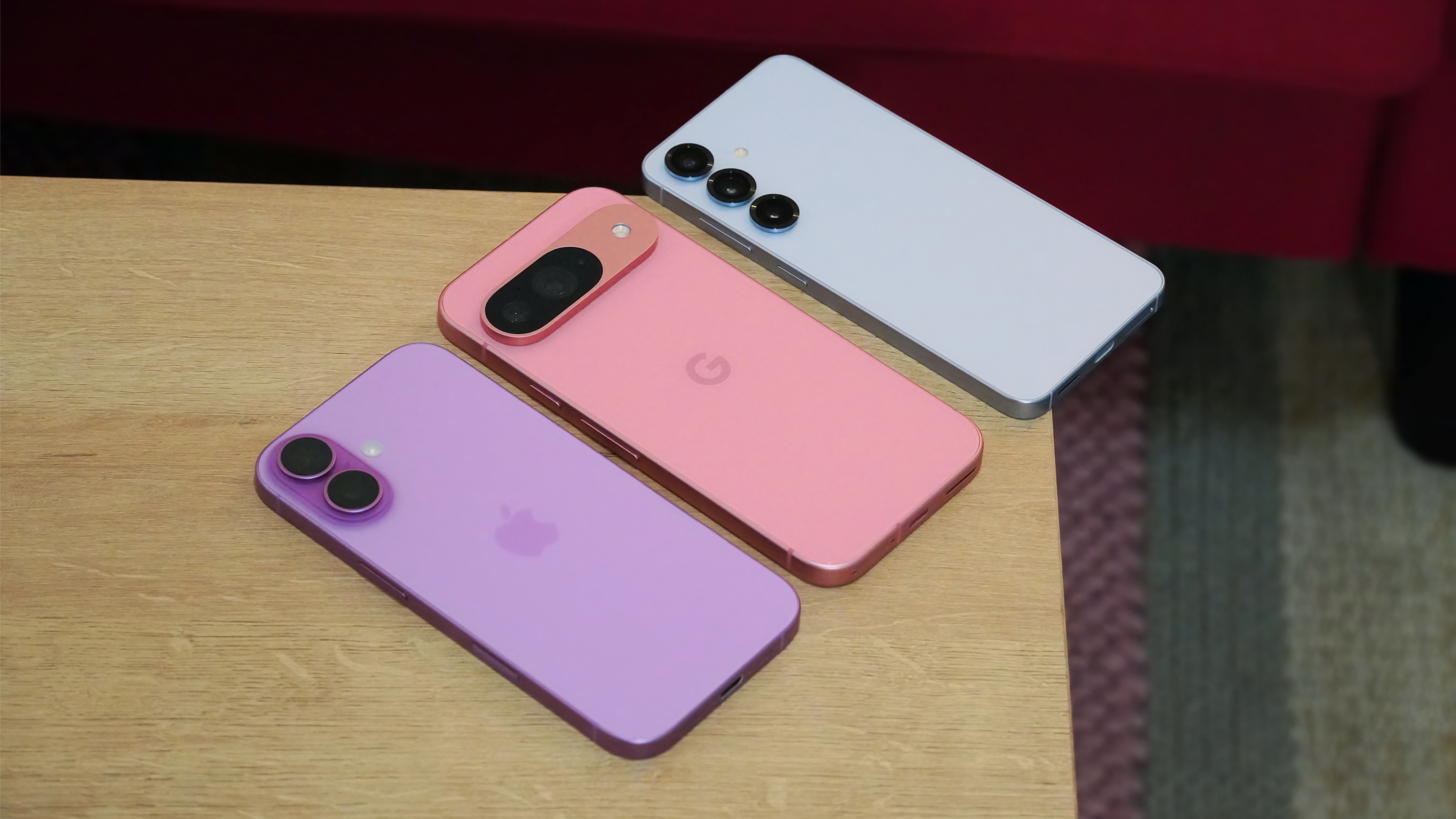2022 was a frustratingly awful year for tech, with just a few highlights
We can only hope 2023 brings us something better.
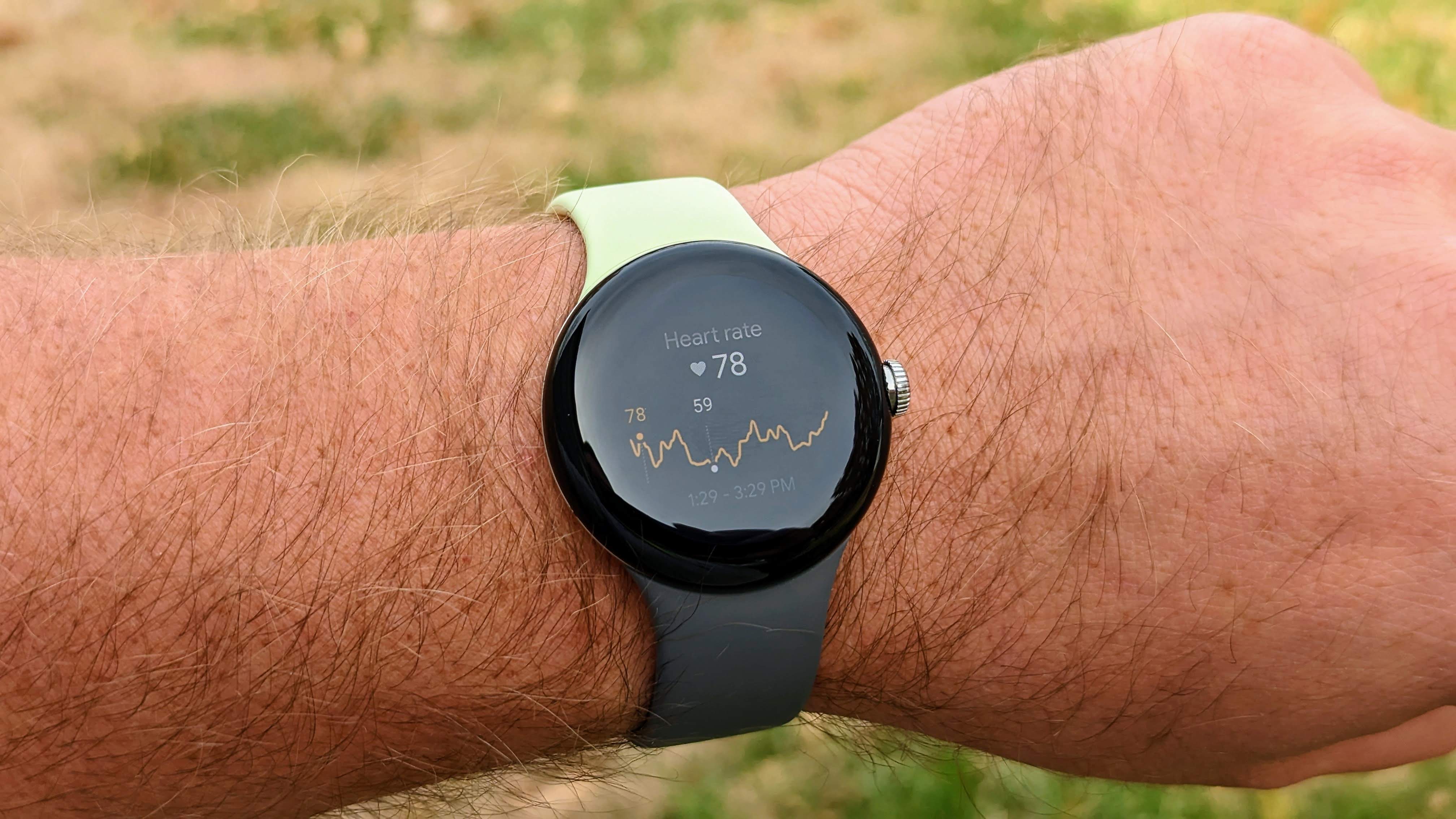
Covering the tech industry can sometimes feel dull and predictable. Every year, we know Apple and Samsung will release their latest numbered phones, chipmakers will unveil the latest "fastest processor ever," and seedy leaks will give us fodder for endless speculation about future products. But between the usual landmarks, 2022 has felt like a turning point for the tech industry — both for good and for ill.
This year, the pandemic bubble burst and tech brands started shedding tens of thousands of staff. Companies shipped major products with unfinished features, and popular platforms like Alexa turned out to be cash-guzzling busts. We had a few standout moments like the Pixel Watch's long-overdue reveal, but frankly, we're hoping 2023 has more optimistic moments to offer.
Starting from the most disappointing trends and moving up toward our favorites, these are the standout tech moments of 2022 worth remembering.
Layoffs afflict major brands
This past year has been a particularly tough time for tech workers. Major brands like Amazon, Cisco, HP, Meta, Microsoft, and Twitter have shed tens of thousands of employees in total, mostly citing the need to restructure amidst the recent economic downturn.
The worst affected was Meta, which fired 11,000 workers as the company struggled with reduced ad revenue and major Reality Labs losses in its efforts to lead in VR/AR development. Microsoft's "restructuring" led to 1,000 job cuts, while Amazon plans to remove at least 10,000 jobs over the next few months.
In line with these layoffs, most of these companies have canceled or curtailed many major projects as a result, focusing on well-known IPs guaranteed to make money. Google canned its Pixelbook 2 and shut down its Area 120 projects. Meta ended its smartwatch and Portal development and has allegedly shelved one of its AR glasses prototypes. And Amazon's layoffs will focus on its Devices and Alexa divisions, which allegedly have cost the company billions annually due to low-profit margins for its Echo devices.
Google, too, is pulling back on putting Assistant in third-party devices due to a lack of profit, and we're not sure how this will affect the smart home industry moving forward.
Be an expert in 5 minutes
Get the latest news from Android Central, your trusted companion in the world of Android
Perhaps tech companies' overconfidence caused unnecessary layoffs. But anytime a business decides to fire people to maintain the bottom line, putting a bigger workload on the employees remaining, that always has a negative impact on quality. We hope our favorite devices in 2023 and beyond won't suffer as a result, and that the laid-off employees can bounce back somewhere with better job security.
Security cameras make us feel insecure
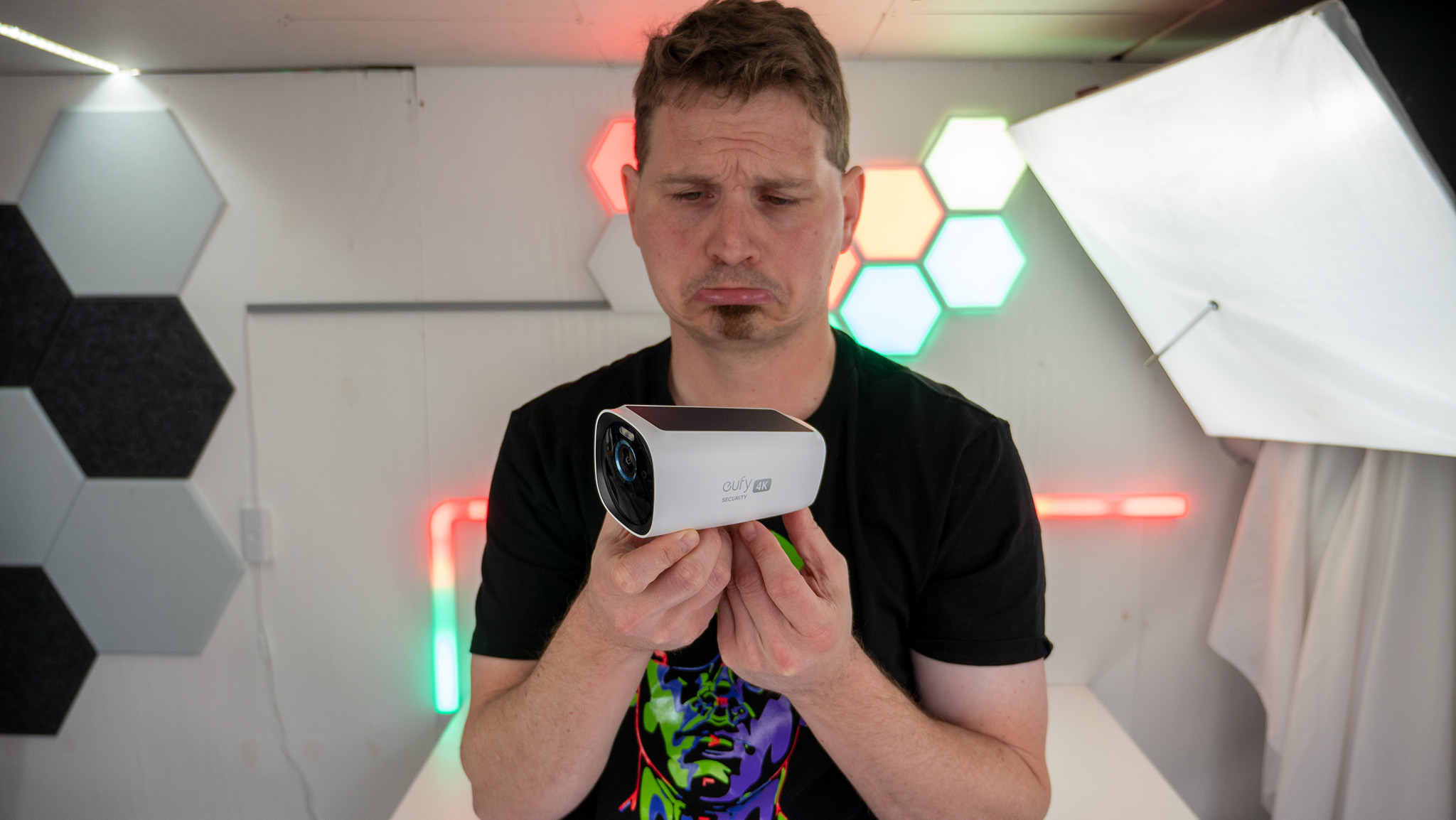
After having my house robbed as a kid, and later having someone break into my backyard and steal my bike from my new home, I completely understand the impulse for DIY security, and I've reviewed various security cams in the past.
Then the recent Eufy security issues came to light, proving its cameras uploaded private data to its servers without users' knowledge, and that anyone could access people's camera feeds remotely with an app like VLC. Eufy responded by denying any wrongdoing and, as spotted by The Verge, removing a bunch of privacy promises from its "privacy commitment" page, including the promise that "no one else can access or read [your] data."
As a result, we can no longer recommend Eufy cameras. But this isn't strictly an issue with Eufy alone. Wyze hid a security breach allowing hackers to access private videos for three years, something we only learned in 2022. Ring hasn't had a major breach for a few years (that we know of), but allegedly gives private camera footage to the police without user consent, something many will find controversial. And even if other security companies are experiencing breaches right now, they probably wouldn't tell consumers about it.
All of that to say, it makes it difficult to recommend anyone buy indoor security cameras these days, and we're not certain if that will change next year.
Big tech gets closer to actively killing people
Google has done some praiseworthy things this year, but Project Nimbus isn't one of them. Described by our Google Editor Jerry Hildenbrand as the "future of evil," it uses AI to try and determine whether someone is lying, something that Google's own employees vehemently protested. This project could very well lead to innocent people being arrested and jailed with no evidence beyond an inhuman algorithm.
When Google fired its AI ethicists in 2021, it clearly had a real-world impact. So when we hear news that Meta fired its own Responsible Innovation team, it makes us worried about what that could mean for the future of its products. And other tech companies likely don't have ethical committees, to begin with.
Meanwhile, just a short drive from my home, San Francisco banned its police department from using "killer robots," but Slate writer Elizabeth Joh claims nationwide police departments will continue to push for their use until they can remotely kill anyone they deem a threat without fear of personal injury. You may find positives in this development, but the ethics of drones in war are already controversial enough without bringing remote-controlled weaponry into domestic situations.
And while everyone chuckled at Oculus founder Palmer Luckey for making a VR headset that kills you in real life, he laughed all the way to the bank after his military AI company Anduril received a $1.5 billion investment to continue developing autonomous explosive drones. He told Wired that AI-backed weaponry shouldn't be banned because it already exists, a very convenient worldview for him and a frightening one for humanity, if governments across the world begin an AI arms race.
Terminator fans might fear artificial intelligence will lead to a Skynet scenario, but our current situation where amoral tech bros backed by venture capitalists give governments the power to remotely kill or imprison people with impunity is much more frightening, no matter what your political beliefs are.
Companies can't deliver key features at launch
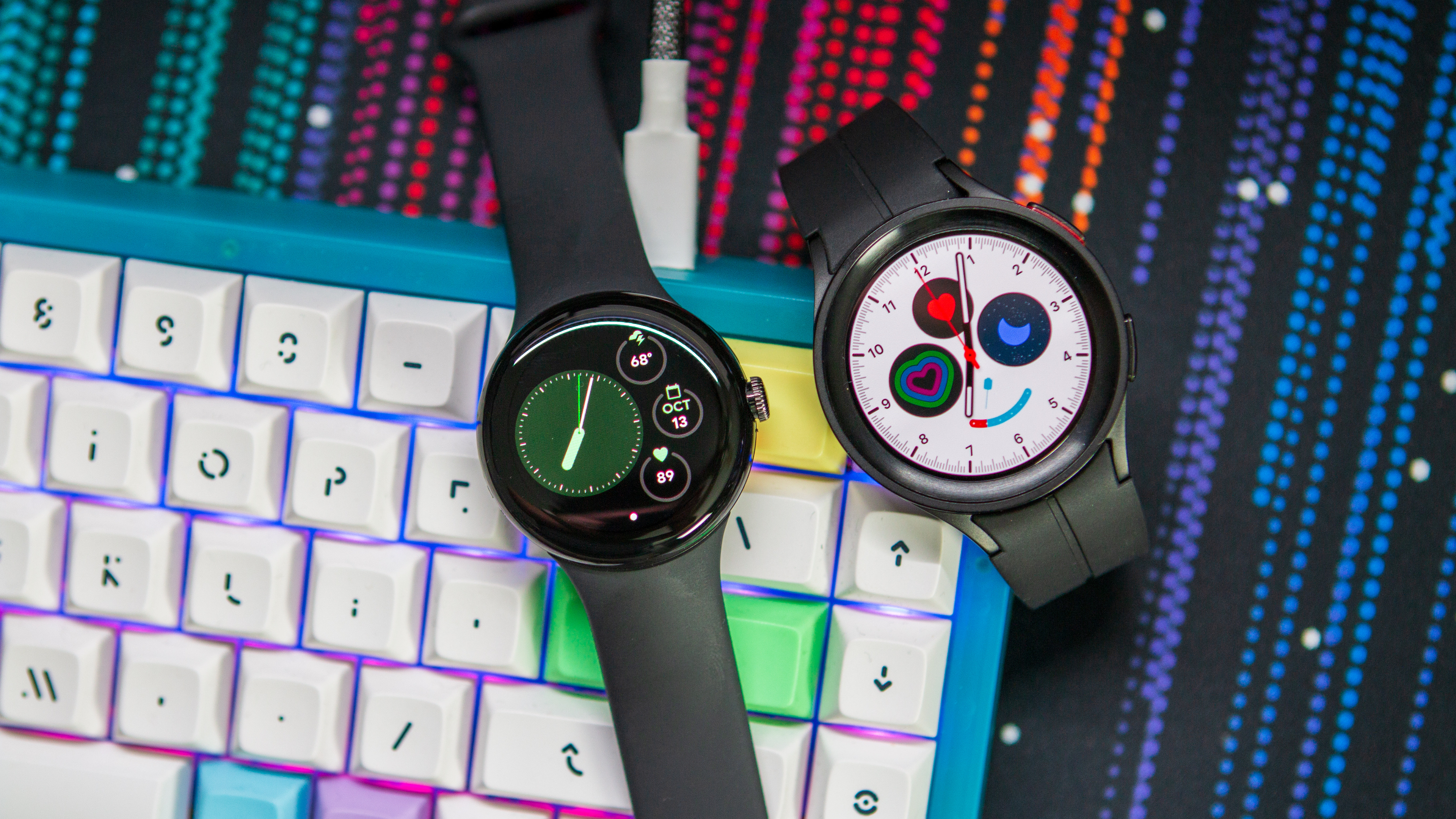
Right now, the two best Android watches are the Galaxy Watch 5 and the Pixel Watch. We're big fans of both watches, but we're less thrilled with how both Google and Samsung launched their signature wearables with inactive health sensors. Samsung has yet to activate its temperature sensor four months after launch, despite it being one of the few differences between the GW5 and GW4. Same goes for the Pixel Watch's blood oxygen monitor, still inactive months later.
Evidently, both companies have failed to get government approval for these sensors to officially measure your health data, something that Apple has seemingly never had trouble receiving for its Watch sensors. I don't know if this is a case of Apple getting preferential treatment or just doing a better job of only adding features once they're fully ready, but this trend could make Android brands look bad if it persists.
The same issue applies to software. It took Samsung and Google nearly a year to add Google Assistant to the Galaxy Watch 4, and now new Wear OS 3 watches with Snapdragon chips like the Fossil Gen 6 have lost access to Assistant, with no strict timeline of when they'll receive it.
If companies decide they can get away with announcing cool features to attract customers, with the fine print admitting day-one buyers won't get those features anytime soon, that's bad for everyone.
Elon Musk buys Twitter
We know nearly half of our readers had no issue with Musk's $44 billion acquisition, while another 25% wanted to wait and "see what he does" before judging. Since then, Musk fired most of his staff, drove most of the rest out with his Twitter 2.0 demands to work non-stop, and has the remainder of his employees — many of whom are on work visas and need their jobs to stay in the U.S. — sleeping in illegal bedrooms in San Francisco.
Beyond that, Musk's reign at Twitter has been marked by a series of gaffes, from approved Twitter Blue accounts impersonating major companies like Eli Lilly to the CEO's very public tendency of suspending or banning anyone who mocks or criticizes him on his "free speech" platform. His vague plans of bringing back Vine or creating a 1,000-character limit don't seem likely to make Twitter more popular, and he may end up getting Twitter banned in the EU for failing to combat disinformation and hate speech properly.
All of this is to say, Twitter wasn't a perfect platform before this acquisition, but it certainly got messier in 2022. It reminded us that any popular service might take a turn for the worse once it comes under new ownership.
Stadia's protracted death won't stop cloud gaming
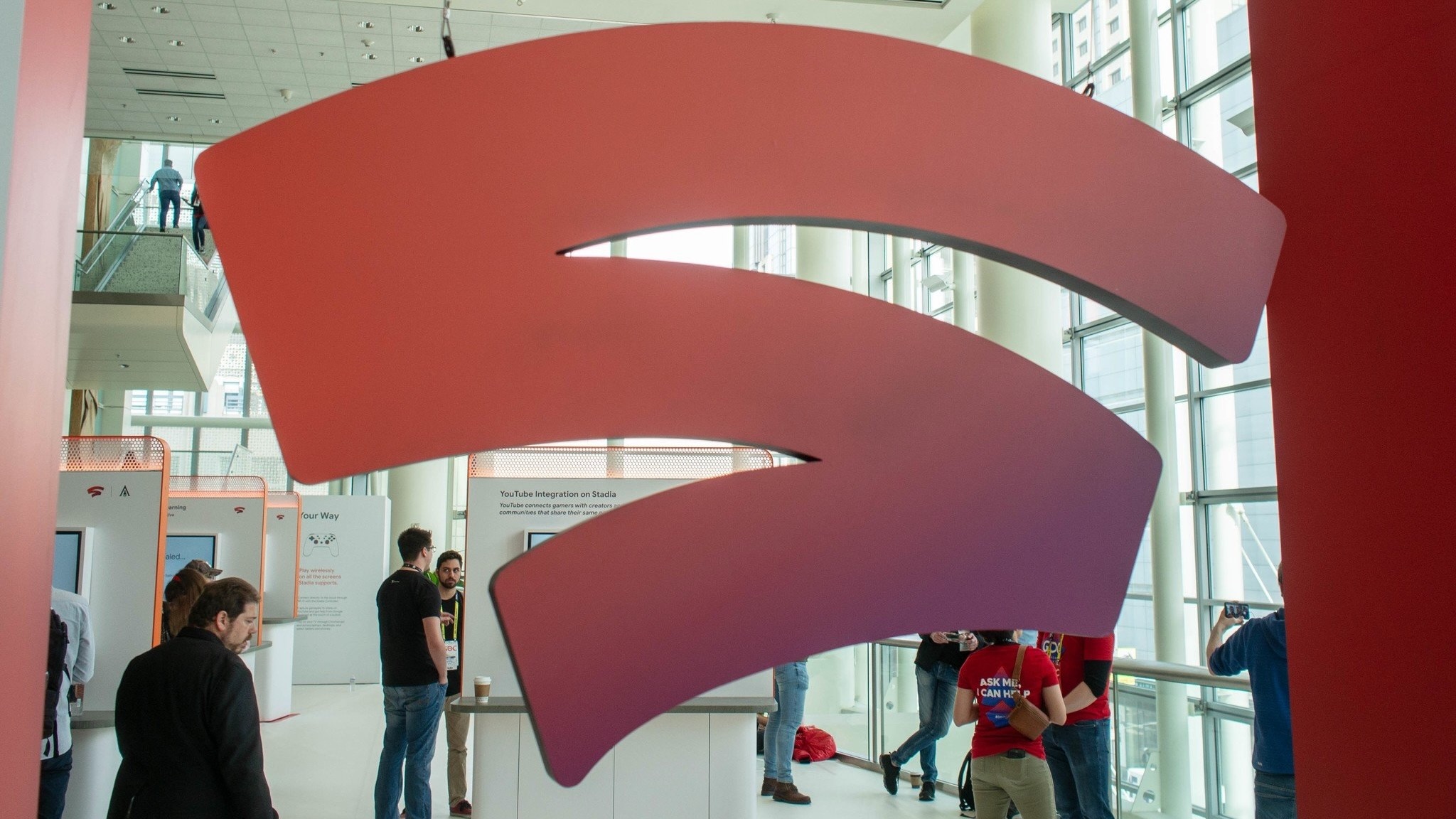
Starting in November, Google began refunding its Stadia customers for all their purchases after killing the platform earlier in the year. I won't repeat my scathing criticism of Google's decision here, except to reiterate that by duping consumers and indie developers alike, Google ensured that the gaming community would never trust it again for any future projects.
But rather than focus on the negatives, let's note instead that Stadia was an outlier in a year otherwise dominated by cloud gaming.
Xbox Game Pass Ultimate continues to offer cloud gaming for hundreds of titles. The Logitech G Cloud launched last month to mixed reviews, while the Razer Edge will arrive in early 2023 with both Android and cloud gaming. A ton of 2022 gaming Chromebooks rely on cloud gaming rather than native gaming, making them cheaper than most gaming laptops. And I'll cheat a bit and mention Meta's leaked plans for Project Razer, a cloud gaming platform for the Quest 3 that'll use 5G networks.
Whether cloud gaming achieves popularity with consumers is another matter entirely, but it's clear most companies have invested heavily in its future, and won't give up as easily as Google did.
Camera software gets smarter, while the hardware treads water
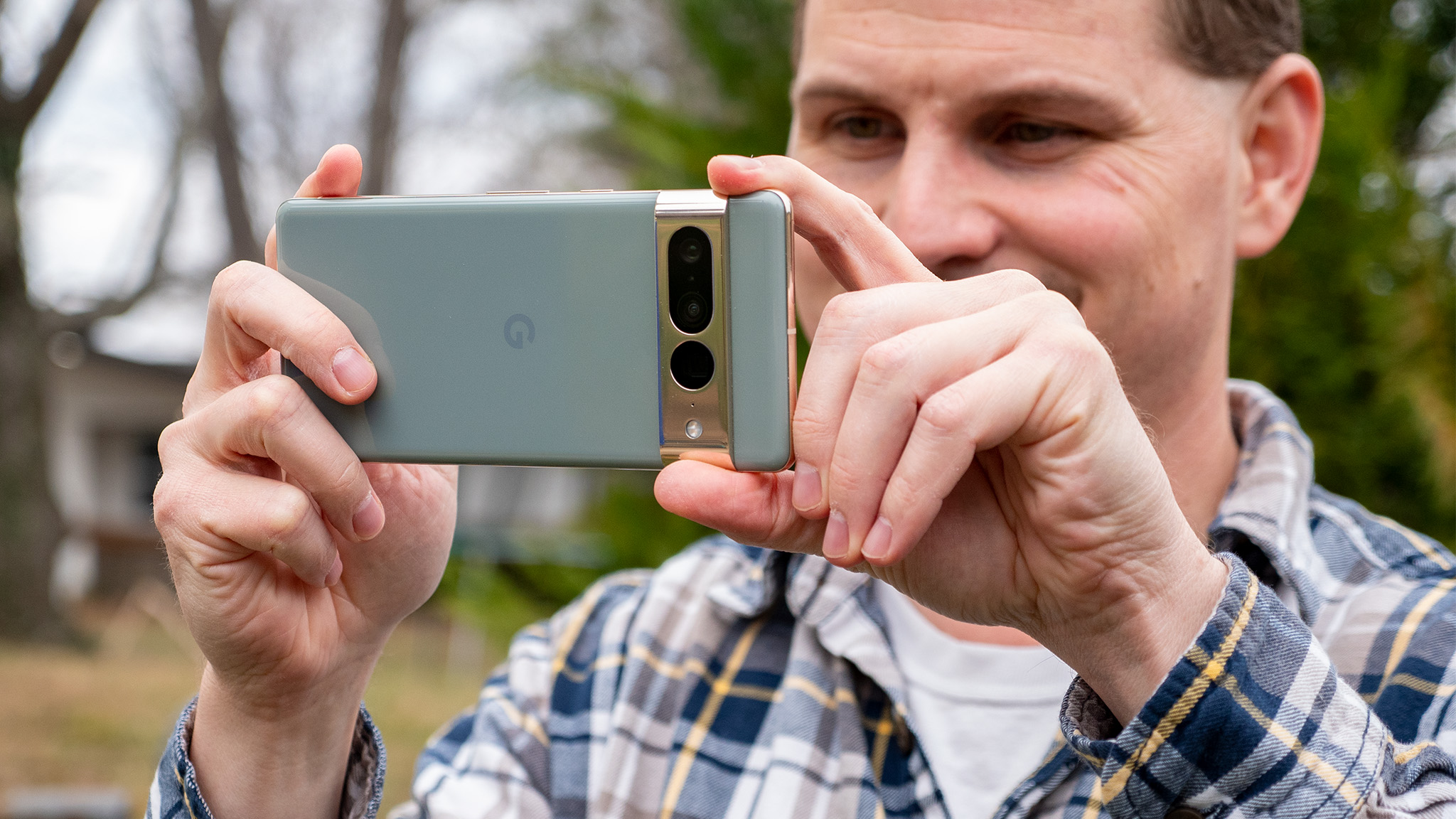
When I asked my colleagues about 2022 trends, our news editor Derrek Lee replied that "everyone had 50MP cameras," and said he wasn't sure if this was a good or a bad thing. It's true that if you look at the best Android phones and iPhones, many of them use very similar camera sensors. Even budget phones have started to use the same sensor hardware as phones that cost hundreds more.
Google, Apple, and Samsung did tweak some of their sensors year-over-year, improving the light exposure and zoom in some cases. But mostly these brands relied on new CPUs to take the same camera hardware and improve the results. Even if the photo quality is the same, they can capture multiple images at once and create the best composite, relying on AI processing.
Next year we'll allegedly see more 200MP rear sensors, but I'd bet many phones will have the same 12MP ultrawide sensors and 11MP selfie cams as phones from the past few years. For the biggest companies, we'll still see improvements, with the fantastic Pixel 7 Pro and its Tensor G2 upgrades proving it's possible. But for smaller Android manufacturers, it may prove difficult to keep up with bigger brands' photo quality without paying for better sensor hardware instead. It'll be interesting to see how that pans out.
Leaked hardware galore
Back in April, a Google employee left a Pixel Watch at a restaurant. The person who found it reached out to Android Central's Shruti Shekar, who broke the news that the long-rumored Pixel Watch was real six months before launch. We hadn't seen such a major screw-up since Gizmodo found the iPhone 4 in a bar.
Turns out companies got really sloppy with their upcoming devices in 2022. Several possibly-stolen Pixel 7 Pros appeared on eBay and Facebook Marketplace listings, giving people advanced details about the phone. And a Meta employee left a Quest pro in a hotel room a month before its launch.
While companies have every reason to hide their devices ahead of time, we have to admit that these rogue prototypes hype up journalists and tech nerds alike, getting us all talking about a product more than a press release might. We won't mind if this trend continues into 2023, even if major tech brands do.
Nothing gives us something new
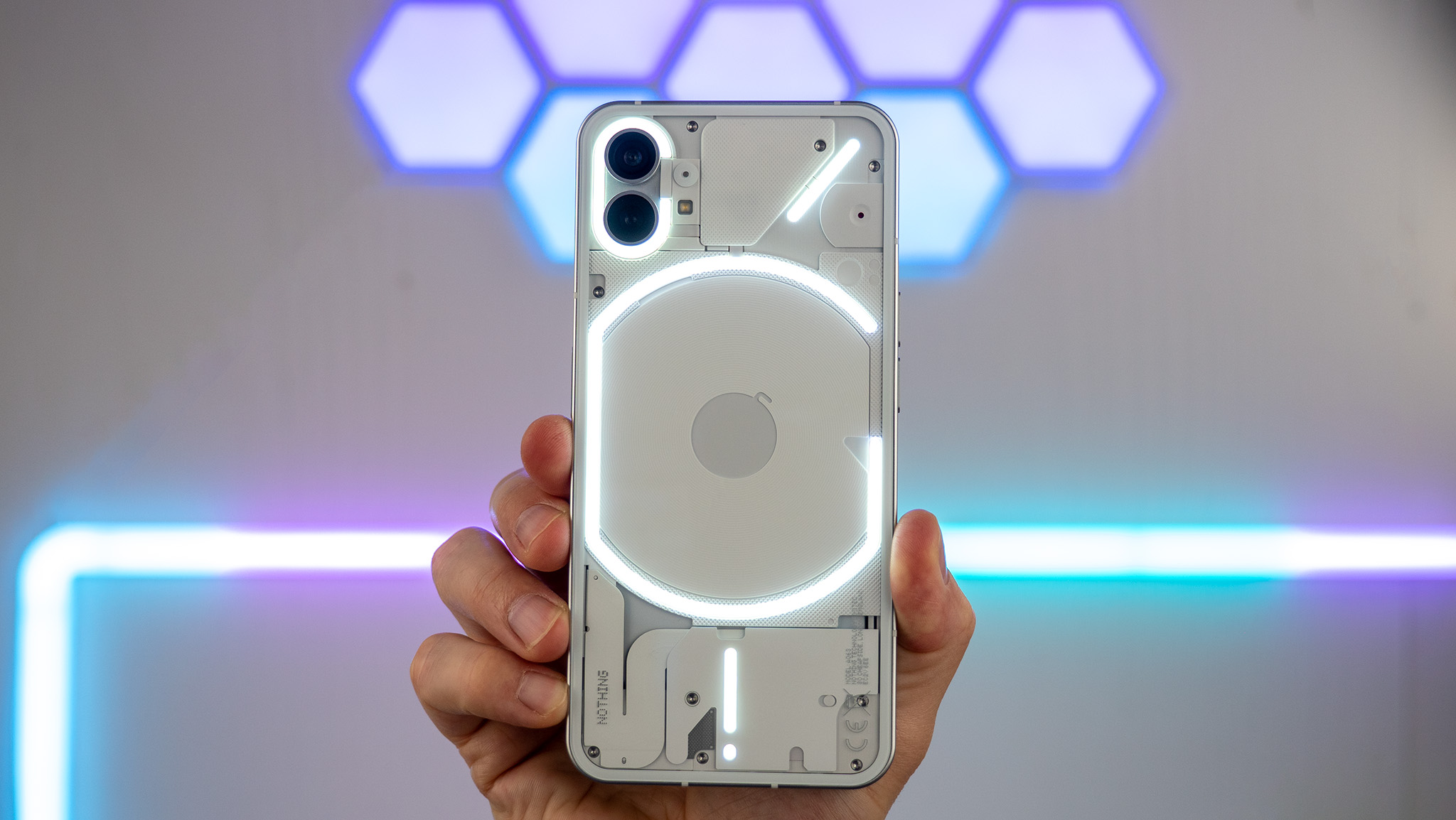
The Android market has lost many of its main competitors in recent years. LG shuttered its business, while Sony and HTC have lost their former global reach. Old brands keep dying, and we don't see many new brands take their place. That's why so many long-time Android enthusiasts gravitated towards the Nothing phone (1): it gave us a welcome breath of fresh air.
Developed by OnePlus co-founder Carl Pei and the Nothing team, the Nothing phone (1) is a respectable mid-range phone with a unique design, decent cameras, zero-bloatware software, long-lasting battery, and some neat features that other phones lack. It did have some downsides, like a slow fingerprint sensor and only average performance compared to the competition. But for its first product, Nothing did quite well.
Unfortunately, Pei couldn't sell the Nothing phone in North America due to carrier issues but says he is working with carriers to bring Nothing to the U.S. in the future. American Android fans have far fewer options than in Europe since most Chinese brands avoid this region. Any new phone option these days is a positive development.
Android phones get more/faster updates
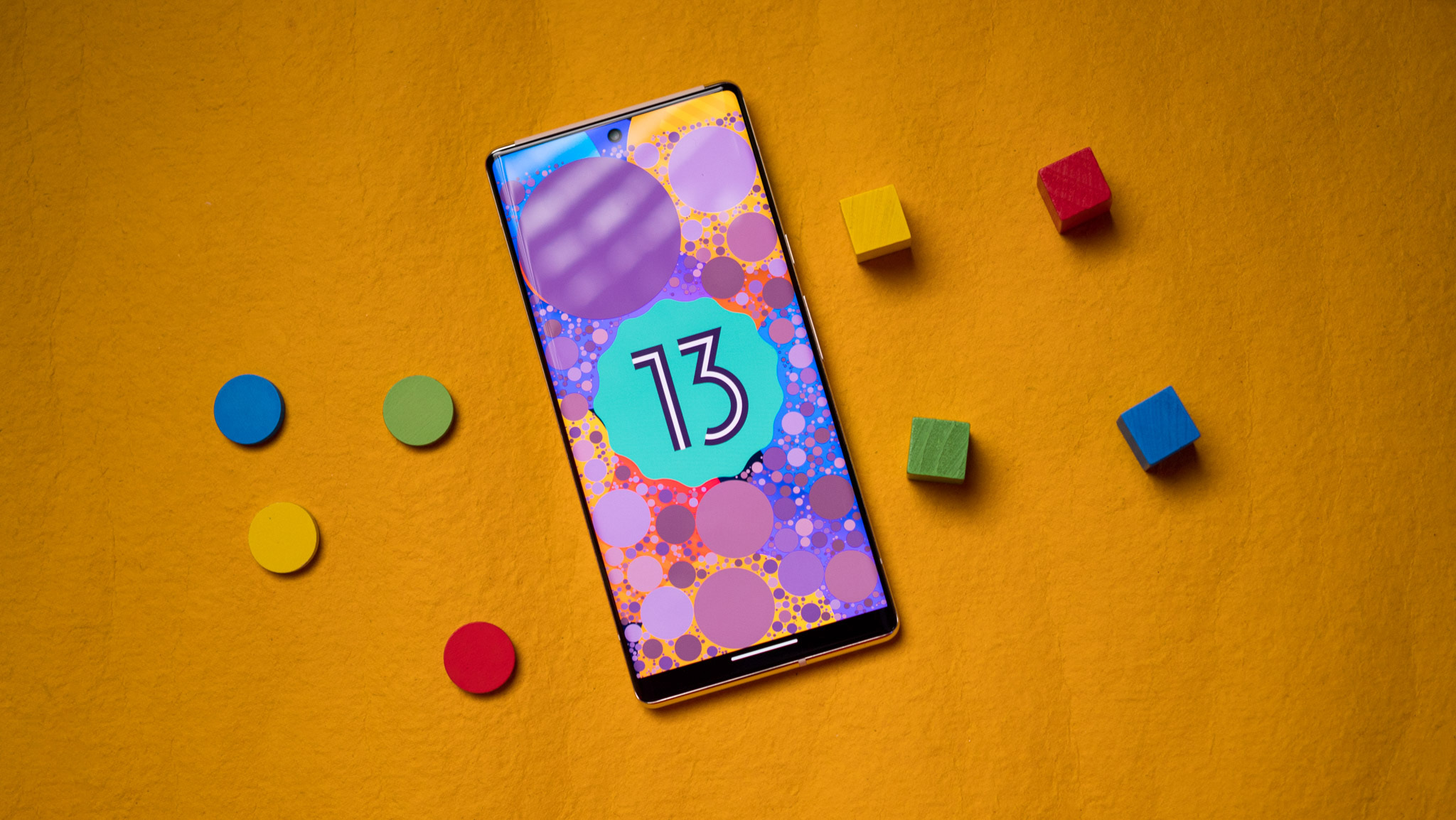
An unquestionably positive development of 2022 is how more Android brands promise longer support for their devices. Samsung guaranteed four OS updates to a wide range of phones and tablets for the first time. OnePlus will deliver four OxygenOS updates to its premier phones starting next year. And while Motorola still has a long way to go with its updates, it did give the Motorola Edge (2022) three OS updates, one more than it typically does with flagships.
Longer software support ensures Android phones have better trade-in value, and more importantly that you don't have to rush to buy a new phone in 2023, because you know your 2022 phone hasn't lost a step and won't for some time.
At the same time, these OEMs have delivered Android 13 to their flagships much quicker than they did with Android 12. In years past only the very newest phones would get an update before the end of the calendar year. This time around, Samsung has already delivered One UI 5 to thirty phones and plans to roll out Android 14 even faster. ASUS, OnePlus, Sony, Nokia, and other brands have already delivered the update to a few phones, too.
As the guy who kept the "when will my phone get Android 12" article updated for a year, watching a trickle of updates come in every couple of weeks, I'm absolutely thrilled by the idea that Android OS updates will come more quickly to phones and tablets. I bet people who buy cheaper Android phones will appreciate this trend as well.
Google closes in on a full Pixel ecosystem
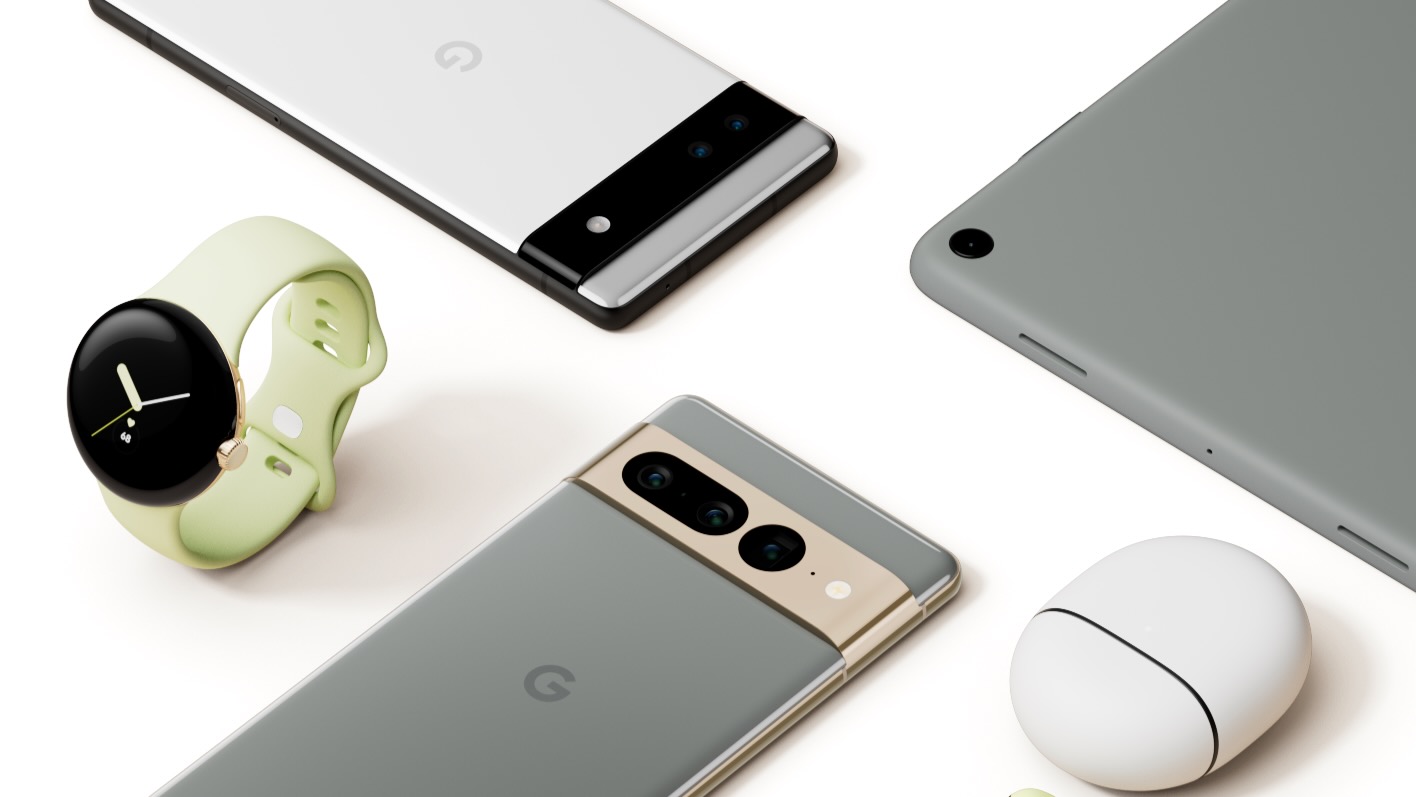
Android Central followed rumors about a Google Pixel Watch years before I even started at the site, back in the days of Android Wear. I maintained the rumor round-up on the watch for a couple of years, dutifully writing up every leaked "delay" ad nauseam until it became hard to believe it even existed. So the fact that it arrived in 2022, and was actually pretty darn good, is cause for celebration.
Next year, it'll release its Pixel Tablet, a slab with the colorful Pixel look both inside and out and Google Home UI built-in, making it a portable Nest Hub. Then you have the Pixel Fold, which we originally thought would launch in 2021 but now has leaked renders and a rumored spring 2023 release date alongside the tablet.
It gives us hope that Google's hardware strategy has finally come together, with a Pixel Perfect ecosystem of devices that rivals that of Apple and Samsung...so long as it doesn't kill any of these new lineups, as it tends to do.
Believe it or not, I didn't have room to cover every tech event or trend worth remembering from 2022. Wear OS 3 finally came to more watches. Samsung officially "killed" the Note in favor of the Ultra. Google killed and renamed so many services this year, while Google Fiber saw a surprising resurgence. Virtual reality is experiencing a mini-renaissance after Meta dominated the field for the last few years. A great slate of fitness wearables arrived in 2022 from Garmin, COROS, Apple, Amazfit, and others.
Next week, we'll close out the year by writing about all the trends we hope to see in 2023. It might be a tough year, with rumors of a global recession swirling in the business and economic sphere. But I still hope that in some areas, we can expect something better by 2023.

Michael is Android Central's resident expert on wearables and fitness. Before joining Android Central, he freelanced for years at Techradar, Wareable, Windows Central, and Digital Trends. Channeling his love of running, he established himself as an expert on fitness watches, testing and reviewing models from Garmin, Fitbit, Samsung, Apple, COROS, Polar, Amazfit, Suunto, and more.
